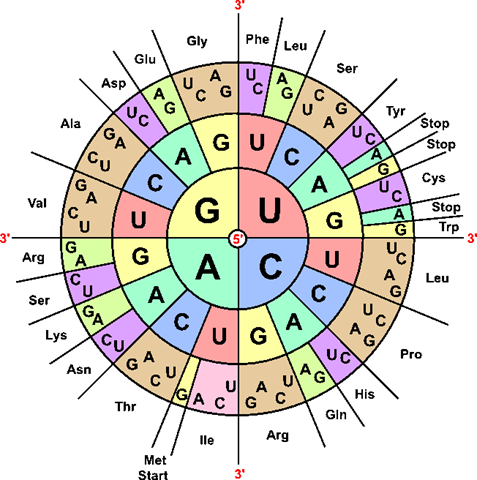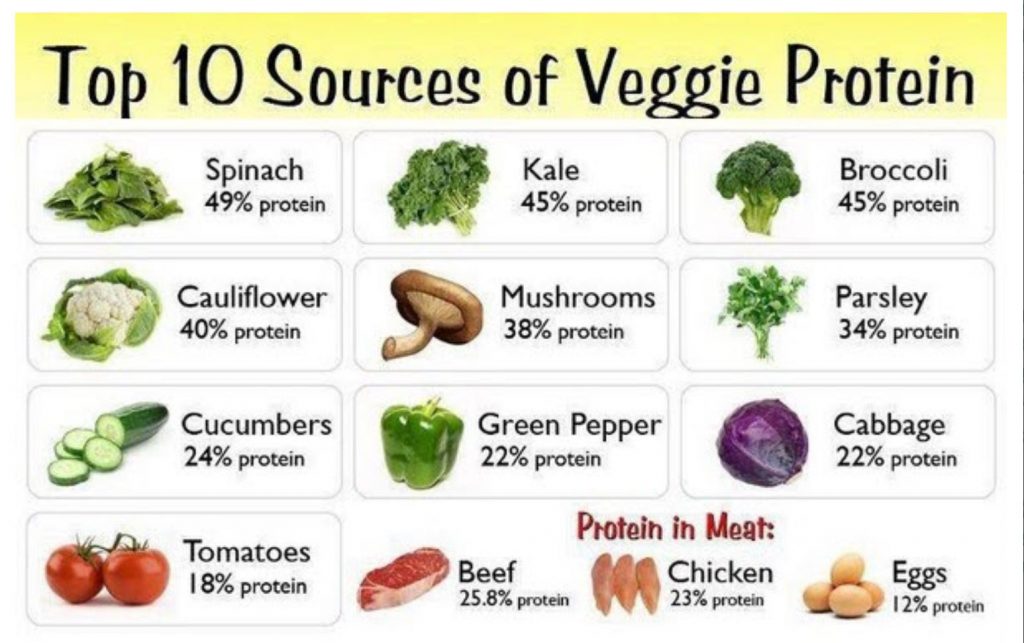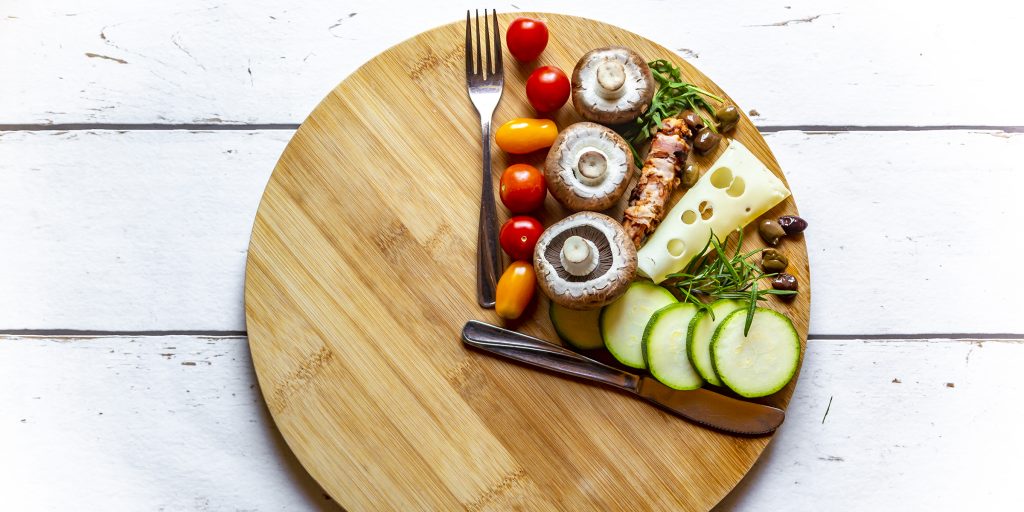Protein is often a focal point of many popular fad diets, but they don’t fully explain why they are so integral. The Zone Diet, for example, requires that 30% of your daily caloric intake be protein. In this post, you’ll learn why protein is so important to a healthy body and lifestyle and which kinds of protein are available to you.
Most people understand that protein is important for muscle repair and growth because of athletes and bodybuilders. Often, you’ll see these people drink protein shakes and have protein-rich meals. The truth is that protein does so much more than just repair muscles after a workout.
It is the true building block of life and in this article, we will examine how protein is used by the body to keep you healthy.
What is Protein?
Protein is one of the three major macronutrients we all must eat every day to be at our healthiest (carbs and fats are the other two). There are two different sources of this macronutrient: animal and plant. Current research is revealing there are pros and cons of both kinds that will be outlined later.
Regardless of which one you add to your life, they all serve one purpose – delivering vital amino acids into our bodies. Amino acids are responsible for starting several important processes in the body. Many people know about muscle and tissue repair, thanks to body builders. Other especially relevant actions amino acids catalyze include stabilizing hormone levels and neurotransmitter creation.
What are amino acids and why are they important?
Think back to high school biology. Do you remember your teacher mentioning mRNA (messenger RNA)? Without getting too technical, mRNA is how the body tells itself to copy information during cell division. There are four main actors in this process: adenine, cytidine, guanine, and uracil. How these four agents bind to each other determines which amino acid is formed.
Here’s a great graphic from Quiz Biology showing all of the possible combinations:

Our bodies depend on these amino acids for a wide variety of important processes. Most people know about muscle repair (after a good workout), but they also stabilize hormone levels and boost your immune system.
What kinds of amino acids are there?
To fully reap the benefits of protein, you need to know the two types of amino acids: essential and non-essential. Current science, from the University of Arizona, has identified 20 in total. This terminology is a bit confusing, so let’s break down each of them.
Essential amino acids are the ones our bodies cannot make on its own. As a result, we need to get them from the food we eat. Logically, then, nonessential amino acids are the ones our bodies can make from what it already has.
How do amino acids keep you healthy?
One of the essential amino acids almost everyone is aware of is tryptophan. You know that chemical in the Thanksgiving turkey that makes you sleepy soon after finishing the meal. Tryptophan is responsible for helping the body produce serotonin, or the happy neurotransmitter. If you do not get enough of this nutrient, you can experience conditions such as:
- Insomnia,
- Mood swings,
- Brain fog,
- Forgetfulness.
Wondering why sleep and memory issues are in this list. Serotonin plays a number of roles aside from stabilizing your moods. According to research from WebMD, serotonin also impacts our memory, sleep patterns and even appetite!
Where can you get the essential amino acids?
As a healthy eating coach, I would never recommend that you completely give up a food you love. The only exception is when you know you’re allergic to it. Luckily, the essential amino acids are found in fruits, veggies and animal products. So, you don’t have to give up something you love! Dr. Neal Barnard makes a great list of plant sources, including:
- Peanuts/peanut butter,
- Black beans,
- Lentils,
- Spinach,
- Quinoa, and
- Broccoli.
If you don’t want to give up eating meat, don’t fret, you just have to be smart about the kinds you choose to eat. The usual recommendations of foods like:
- Chicken breast,
- Lean beef,
- Salmon,
- Tuna, and
- Turkey.
Regardless of which combination you add to your life, be sure to add in a nice portion of fruits and vegetables into the mix. This will insure that your body gets what it needs and discards what it doesn’t.
How does the body process plant versus animal protein?
Earlier, I mentioned that the body can use both animal and plant sources of protein to its benefit. The only difference between the two sources involves how long it will take the body to process the nutrients.
Animal protein
Sources found in category are things like steak, chicken or shrimp are great. They are jam packed, with around 40-60% of your RDA in one meal. The drawback is that the meats have to be cooked.
I know you’re probably scratching your head and saying, “Of course the meat has to be cooked!” While you absolutely need to cook meat to kill off any bacteria that may have grown on it, the cooking process itself destroys about half of the meat’s raw protein content.
Additionally, the body can only absorb maybe 20% of the protein that remains because of the work it must do to break down the meat after it’s been cooked. Think of it this way: dried ketchup. If you’ve ever tried to clean up this mess, you know how much elbow grease it takes to complete the task.
Your body has to do the same amount of work to get at the nutrients in meats, especially if you purposefully burn it!
Now you know why many experts say that you need to combine plant protein sources in your meals… You may only get 10-20% of the original protein content from meat.
Plant protein
Plants are rarely thought of as a protein source. The truth is they are rich in this life building nutrient! Granted, plants are often do not have all of the amino acids like animal sources do. The difference is that plant based proteins are easier for your body to absorb. Hence, you don’t need to eat as much of them to be as effective as animal sources. Here’s a great infographic on the amount of protein in common fruits and veggies:

You can see from this graphic, that plants are actually a BETTER source of protein because they have more in them. Did you know that spinach was 49% protein or that mushrooms were 38% protein?? Compare that to the 23% found in chicken or 12% in eggs. Another benefit from including more plants in your meals is fiber! You need it to keep your digestive tract healthy… talk about a complete food source!
Let’s go back to the cleaning analogy. If consuming animal protein is like scrubbing up dried ketchup, absorbing plant protein is like cleaning up spilled milk. Your body does not have to work through the after effects of the grilling or baking or broiling process to access the nutrients in plants.
Aside from being easier for your body to process, plant protein tends to be more complete by having more of the essential amino acids we need to be at our healthiest.
Conclusion
Now that you know the difference between animal and plant protein. Which ones do you plan to add more of to your meal plan?

